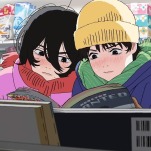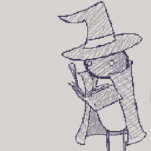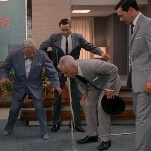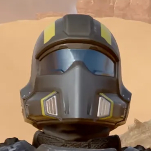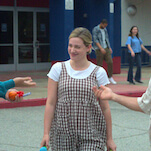Be careful what you wish for, lest it become Yooka-Laylee

In our era of risk-averse game publishers and nostalgia-baiting Kickstarters, the term “spiritual successor” gets thrown around a lot. At best, these psuedo-sequels are a chance for developers to salvage some worthy concepts from a long-gone creation and reinvent them with the benefits of hindsight and modernity. At worst, they’re Yooka-Laylee, productions so wrapped up in recreating past glories that they never bother to reconsider them and look forward.
That’s not to say Yooka-Laylee, a near-exact replica of the Nintendo 64’s Banjo-Kazooie games by a team of developers who helped make them, doesn’t improve on the ancient (in video game years) texts it’s invoking. In terms of actually controlling the game’s stoic lizard and wisecracking bat, the legally distinct reincarnations of BK’s bear and bird, Yooka-Laylee takes advantage of the nearly 20 years of progress games have enjoyed since Rare unleashed its googly-eyed wonderlands on the world. For the most part, Yooka moves with a precision that Banjo, who debuted during the rocky formative years of 3-D gaming, never did. The worlds players visit are cleverly designed to deal with the sloppiness inherent in 3-D platforming, and the camera, the frenemy of all three-dimensional heroes, is hardly ever a problem. But beyond those requisite refinements, Yooka-Laylee is little more than an inoffensive Banjo retread. When sticking to the script, it’s a perfectly functional throwback whose cardinal sin is that, other than the fourth-wall breaking pun-laden dialogue, it’s bland and unimaginative. However, the minor changes it dares bring to the very specific formula it’s reviving make matters worse.
There are five self-contained, thematically distinct worlds to visit in the game. That’s half the number in the original Banjo, but each one is far larger and you can make them even bigger by exchanging a handful of Pagies, the MacGuffins you’re jumping through hoops (sometimes literally) to collect. It’s a great way for the developers to get more use out of the worlds they’ve built, but anything that’s gained from these larger, more intricate levels is lost when you consider how much repetition they add to a genre that’s already bemoaned for its tedium. Instead of cozier playgrounds where the creators could really concentrate on cooking up a handful of objectives that feel distinct and tailored to that environment’s theme, Yooka-Laylee’s worlds supplement their innocuous platforming challenges with recurring activities that are either mind-numbing, like pushing balls into holes and racing clouds, or actively infuriating, like mine-cart-riding mini-games. Early levels also contain Pagies that you can only acquire after you’ve visited later stages and learned new moves, so while the size of the sandboxes does guarantee a sense of exploration and discovery every time you enter a new one or expand an old one, it also makes it near impossible to come back later and remember which particular hole in a wall leads to that suspicious thing you saw several hours ago.









